Black holes: Mystery of the Universe
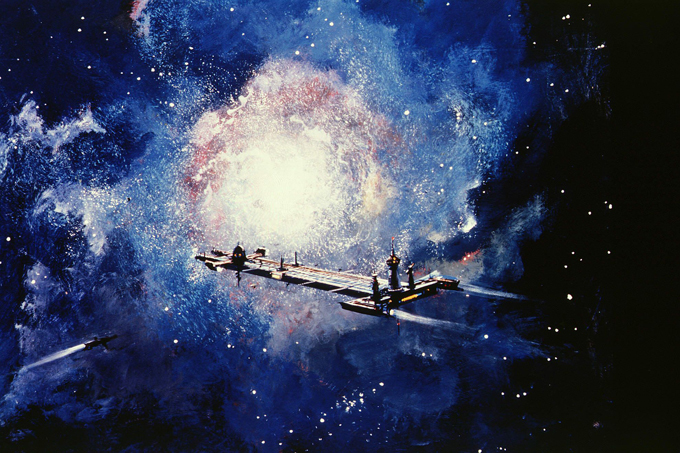
After a black hole has formed, it can continue to grow by absorbing mass from its surroundings
After a black hole has formed, it can continue to grow by absorbing mass from its surroundings
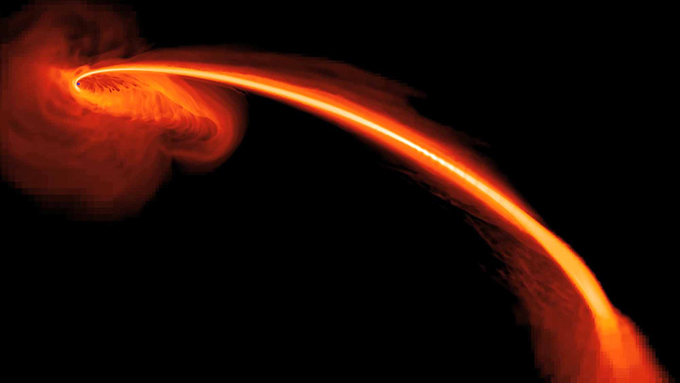
Despite its invisible interior, the presence of a black hole can be inferred through its interaction with other matter and with electromagnetic radiation such as visible light. Matter that falls onto a black hole can form an external accretion disk heated by friction, forming some of the brightest objects in the universe
Despite its invisible interior, the presence of a black hole can be inferred through its interaction with other matter and with electromagnetic radiation such as visible light. Matter that falls onto a black hole can form an external accretion disk heated by friction, forming some of the brightest objects in the universe
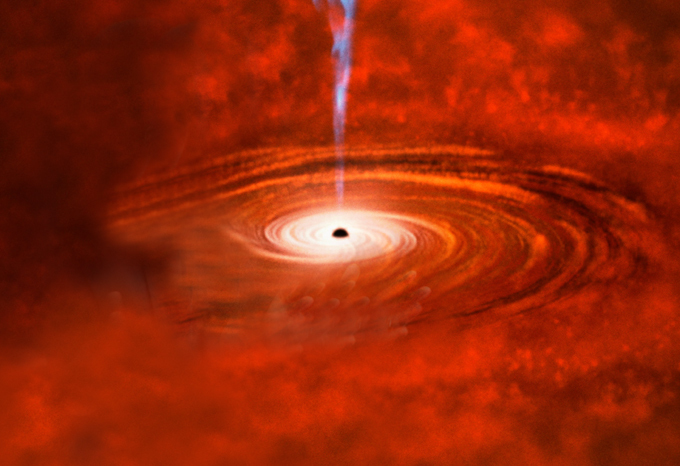
If there are other stars orbiting a black hole, their orbits can be used to determine the black hole's mass and location. Such observations can be used to exclude possible alternatives such as neutron stars.
If there are other stars orbiting a black hole, their orbits can be used to determine the black hole's mass and location. Such observations can be used to exclude possible alternatives such as neutron stars.
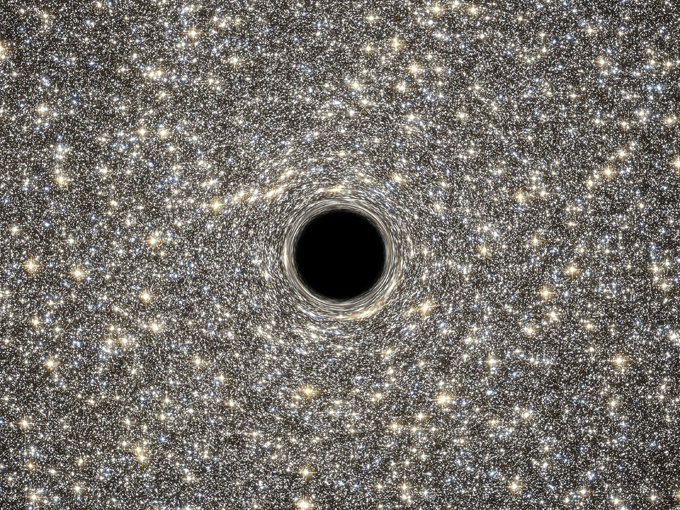
The defining feature of a black hole is the appearance of an event horizon-a boundary in spacetime through which matter and light can only pass inward towards the mass of the black hole.
The defining feature of a black hole is the appearance of an event horizon-a boundary in spacetime through which matter and light can only pass inward towards the mass of the black hole.

At the center of a black hole, as described by general relativity, lies a gravitational singularity, a region where the spacetime curvature becomes infinite
At the center of a black hole, as described by general relativity, lies a gravitational singularity, a region where the spacetime curvature becomes infinite
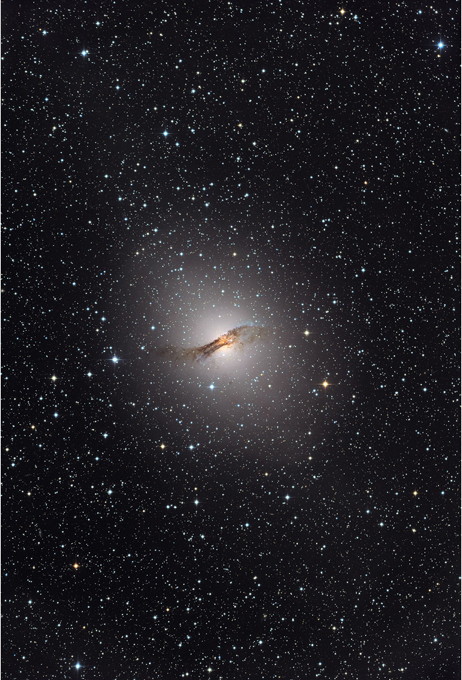
Any black hole will continually absorb gas and interstellar dust from its surroundings and omnipresent cosmic background radiation. This is the primary process through which supermassive black holes seem to have grown
Any black hole will continually absorb gas and interstellar dust from its surroundings and omnipresent cosmic background radiation. This is the primary process through which supermassive black holes seem to have grown
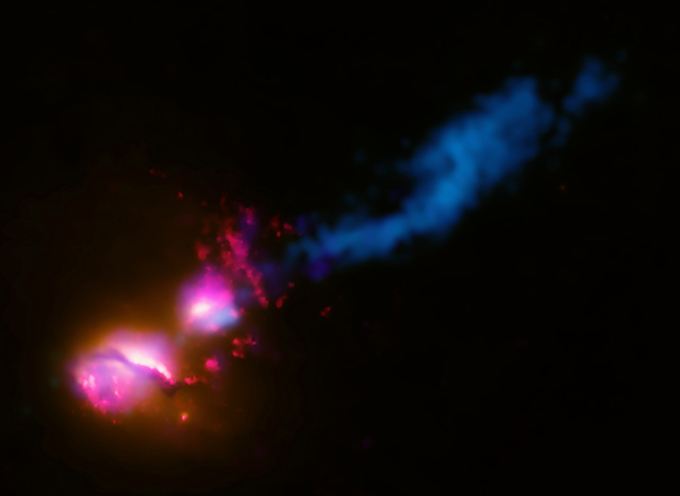
In 1974, Hawking predicted that black holes are not entirely black but emit small amounts of thermal radiation;[39] this effect has become known as Hawking radiation
In 1974, Hawking predicted that black holes are not entirely black but emit small amounts of thermal radiation;[39] this effect has become known as Hawking radiation

Because a black hole has only a few internal parameters, most of the information about the matter that went into forming the black hole is lost. Regardless of the type of matter which goes into a black hole, it appears that only information concerning the total mass, charge, and angular momentum are conserved.
Because a black hole has only a few internal parameters, most of the information about the matter that went into forming the black hole is lost. Regardless of the type of matter which goes into a black hole, it appears that only information concerning the total mass, charge, and angular momentum are conserved.
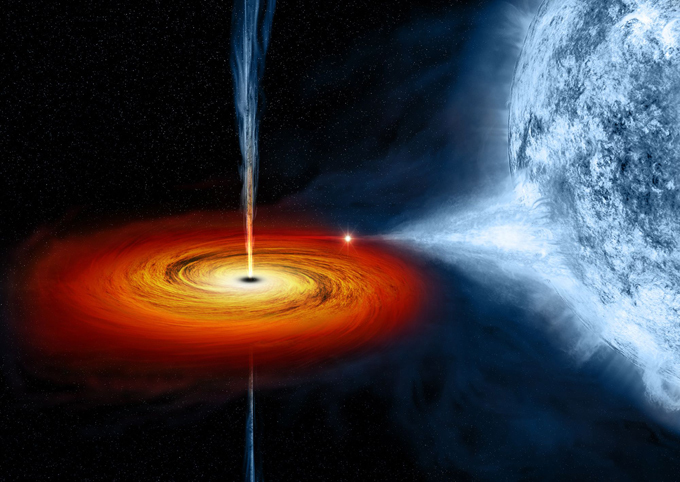
On 11 February 2016, the LIGO collaboration announced the first observation of gravitational waves; because these waves were generated from a black hole merger it was the first ever direct detection of a binary black hole merger
On 11 February 2016, the LIGO collaboration announced the first observation of gravitational waves; because these waves were generated from a black hole merger it was the first ever direct detection of a binary black hole merger



